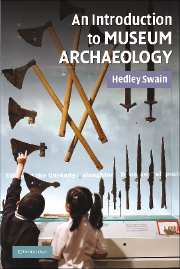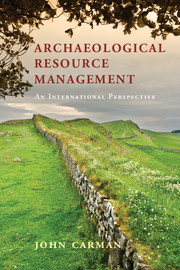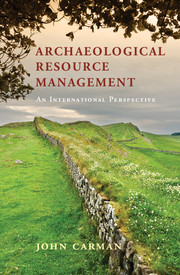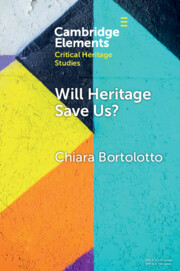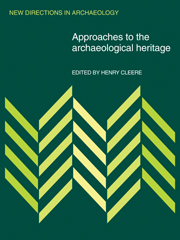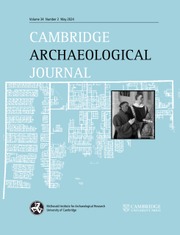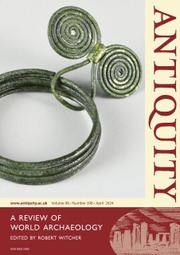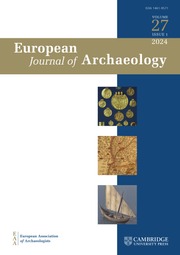An Introduction to Museum Archaeology
An Introduction to Museum Archaeology provides a comprehensive survey and synthesis of all aspects of current museum practice in relation to the discipline of archaeology. Divided into four separate but related parts it begins with a discussion of what is meant by museums, archaeology and museum archaeology and a brief survey of its history, legal foundation and global geographic spread. This is an essential text for anyone studying museums, archaeology or cultural heritage and a reference for those working in these fields.
- Firmly based in practical examples from the UK, Europe and North America, covering hundreds of museums, as well as many examples of exhibitions and programmes
- The bibliography and appendix lists every museum in the text with a web address making it an essential reference tool in its own right
- Deals with the subject holistically, putting it into a global, philosophical and historical perspective including recent issues such as repatriation and restitution of human remains and objects, museums in international wars
Reviews & endorsements
'An Introduction to Museum Archaeology is an accessible account of museum archaeology in England, as seen by one of its most active and visible exponents. … Usefully, each chapter contains a short list of key texts and the museums and exhibitions cited in this book are included in an appendix …' Antiquity
Product details
October 2007Paperback
9780521677967
392 pages
227 × 151 × 18 mm
0.532kg
5 tables
Available
Table of Contents
- Part I. Introduction:
- 1. What for whom?
- 2. Origins and influences
- 3. Current aims, scope, and theory
- 4. The legal framework
- 5. Geographic scope
- Part II. Collections:
- 6. Archaeological collections
- 7. Excavation archives
- 8. Human remains
- 9. Research
- 10. Conservation and collections care
- Part III. Interpretation:
- 11. The visiting public
- 12. Displaying archaeology: methods
- 13. Displaying archaeology: examples
- 14. Schools, public and community programmes
- Part IV. Conclusions:
- 15. Conclusions
- 16. Museums mentioned in text.

